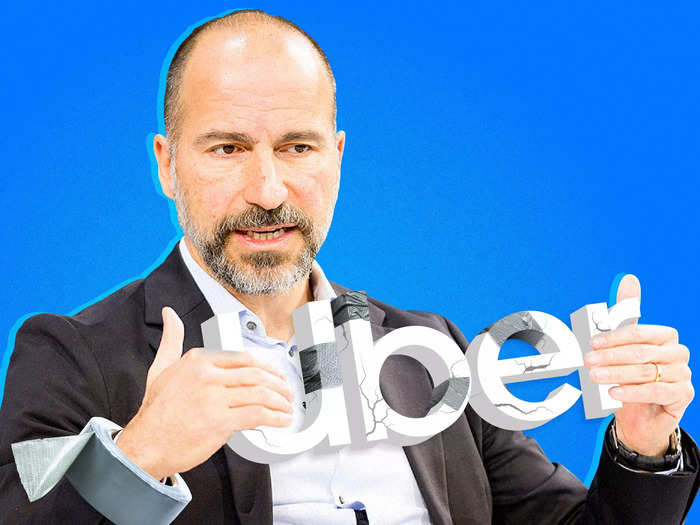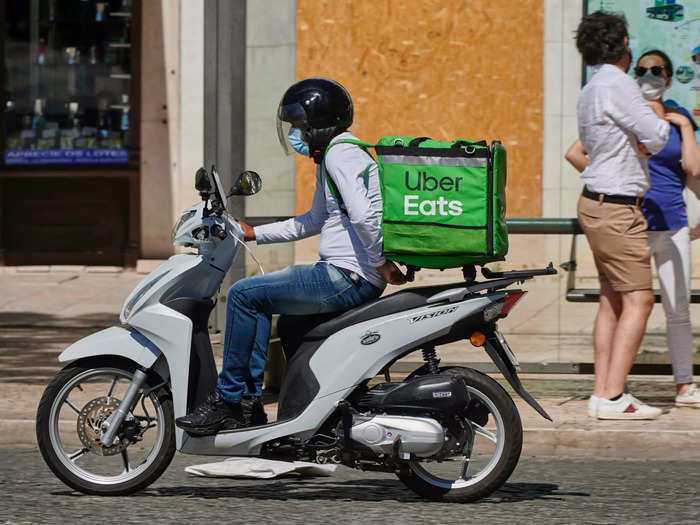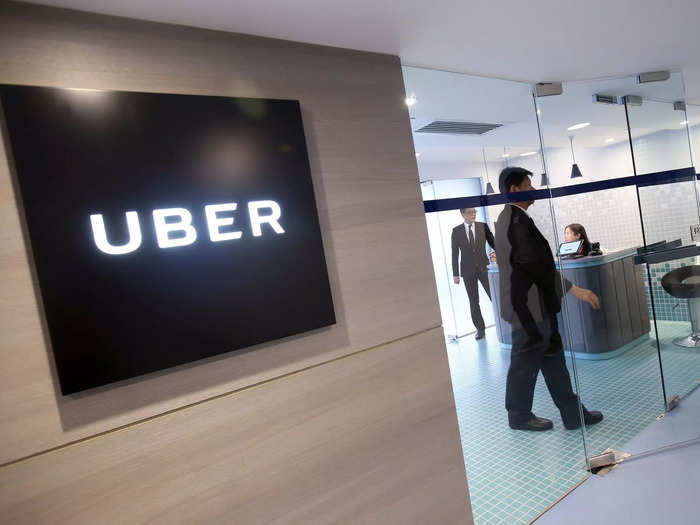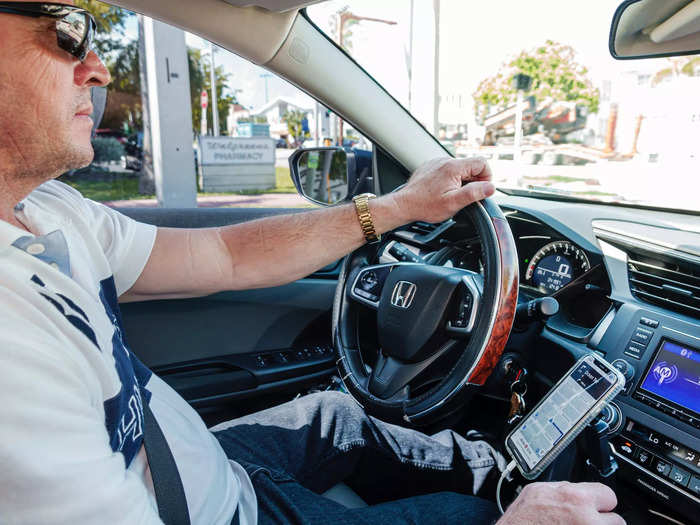Uber CEO Dara Khosrowshahi joined the company in 2017.Philip Pacheco/AFP via Getty Images
- Uber CEO Dara Khosrowshahi has reshaped the company in his four years at the helm.
- He focused first on fixing Uber's troubled culture.
- He has since turned his attention to making Uber profitable and building up its delivery service.
Four years after arriving at Uber in the midst of a crisis, CEO Dara Khosrowshahi has left his mark on the company. After spending his first year cleaning up Uber's troubled culture, he has reshaped its business, doubling down on deliveries and shedding expensive projects like self-driving-vehicles and flying taxis that weren't progressing fast enough. But as Khosrowshahi pursues his long-term vision for the company, he has had to manage short-term challenges like turnover and a chaotic return-to-office process.
Below, you can read our coverage of how Khosrowshahi has changed Uber and the challenges he faces in the months and years ahead.
Cleaning up a toxic culture
Uber; Mike Cohen/Getty Images for The New York Times; Samantha Lee/Insider
When Khosrowshahi became Uber's CEO in 2017, the company was reeling from a string of scandals that revealed an overly aggressive culture. Khosrowshahi made it a priority to set a new tone for the company, rewriting Uber's corporate values and making difficult decisions aimed at increasing Uber's accountability to its employees and customers. Current and former Uber employees say the company has become less combative and more attentive to their lives outside of work under Khosrowshahi.
Doubling down on delivery
An Uber Eats driver in Portugal in 2020.
Horacio Villalobos/Corbis via Getty Images
Food delivery was once an afterthought compared to Uber's ride-hailing business, but the COVID-19 pandemic has given it a starring role. Since the second quarter of 2020, Uber customers have spent more money on delivery than ride-hailing as Khosrowshahi has made acquisitions to expand the company's delivery offerings. Now, Uber customers can order groceries and alcohol and send packages in one of the company's vehicles.
A push for profitability
Tasos Katopodis/Getty Images for Uber Elevate
One of Khosrowshahi's central goals is to prove that Uber can sustain itself without the help of banks or investors. While Uber has posted a few quarterly profits, they have come from one-time windfalls related to the sale of a business unit or investments in other companies. This year, the company says it will hit a measure of profitability more closely tied to its day-to-day operations.
A shifting return-to-work plan
David Wong/South China Morning Post via Getty Images
The Delta variant has made it more difficult for companies to prepare their return to the office, and Uber has been no exception. The company has changed its return-to-office plans amid surging COVID-19 cases and criticism from employees who have expressed frustration with requirements that they eventually spend parts of their week in an office. High levels of turnover have added to the challenges faced by Uber's HR department.
Spending big to fix a driver shortage
Jeff Greenberg/Education Images/Universal Images Group via Getty Images
One of the biggest challenges Uber has faced this year is attracting drivers as the demand for rides picks up. The result has been higher prices and big spending on incentives to lure drivers back to the platform. Finding the right balance between riders and drivers will be critical to fending off Lyft as travel picks up.





